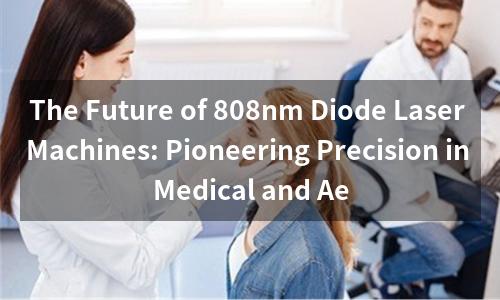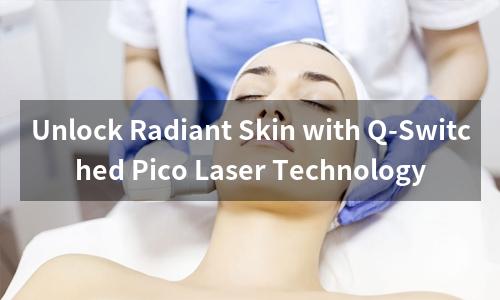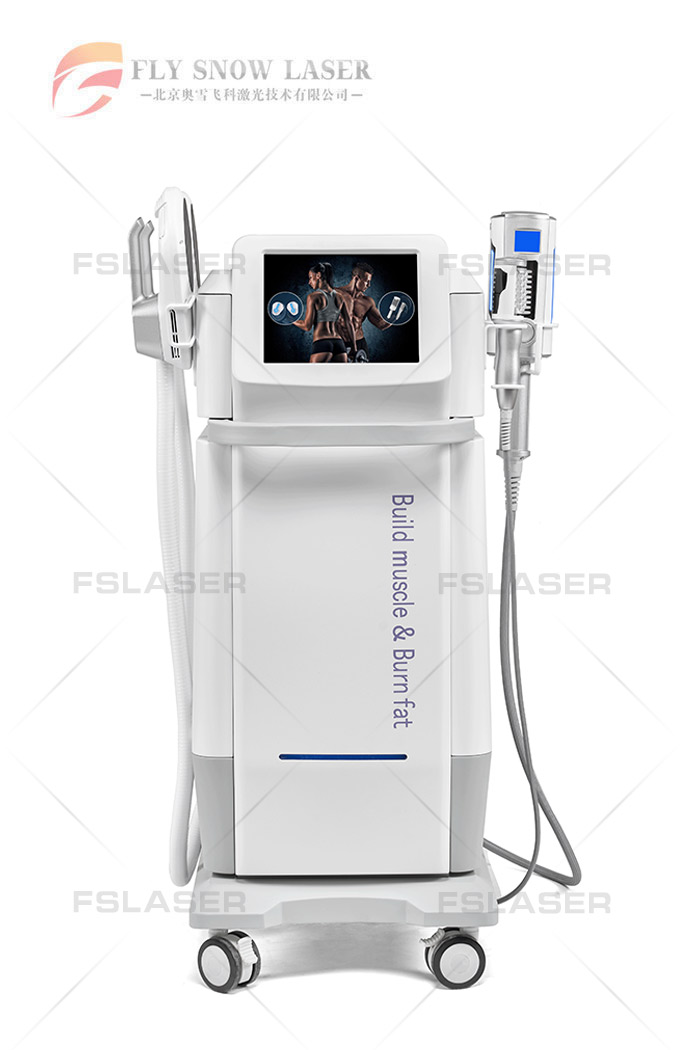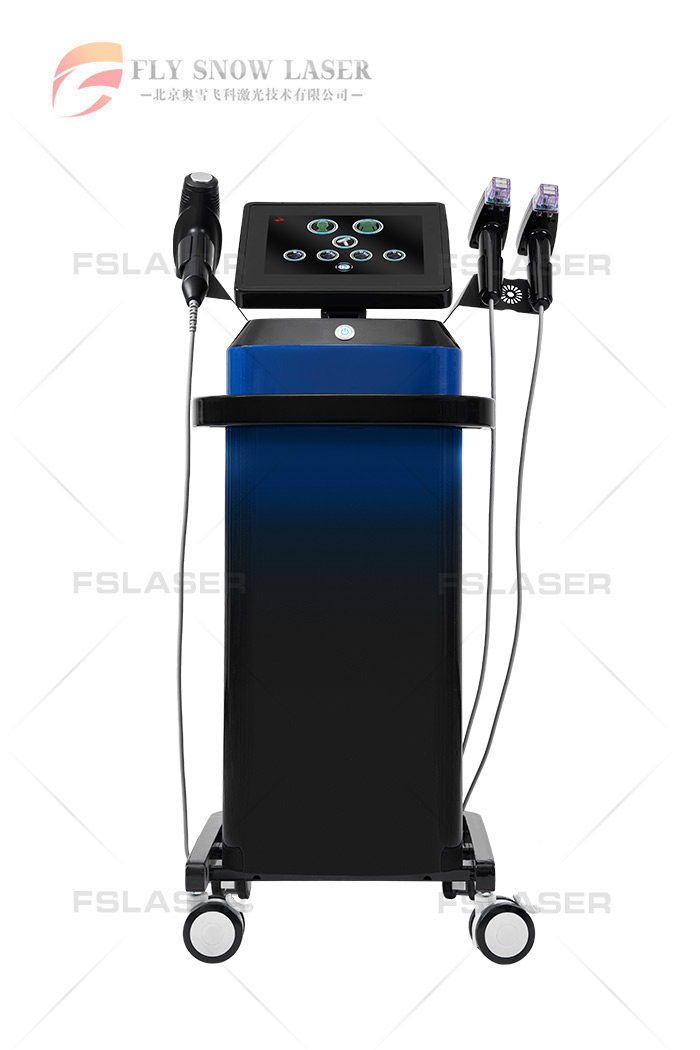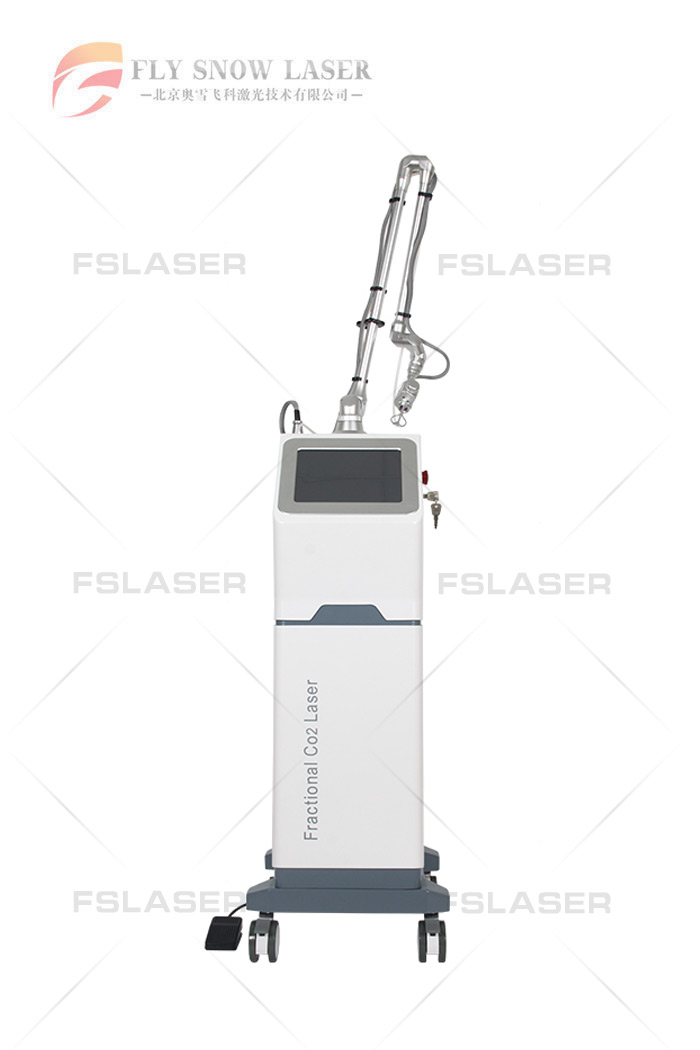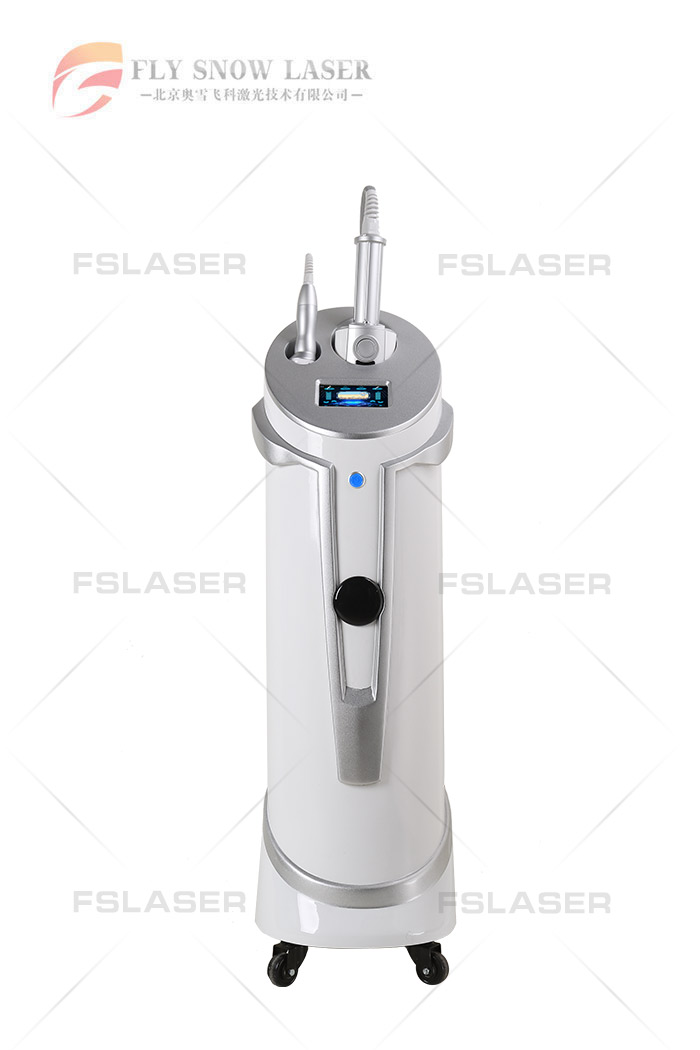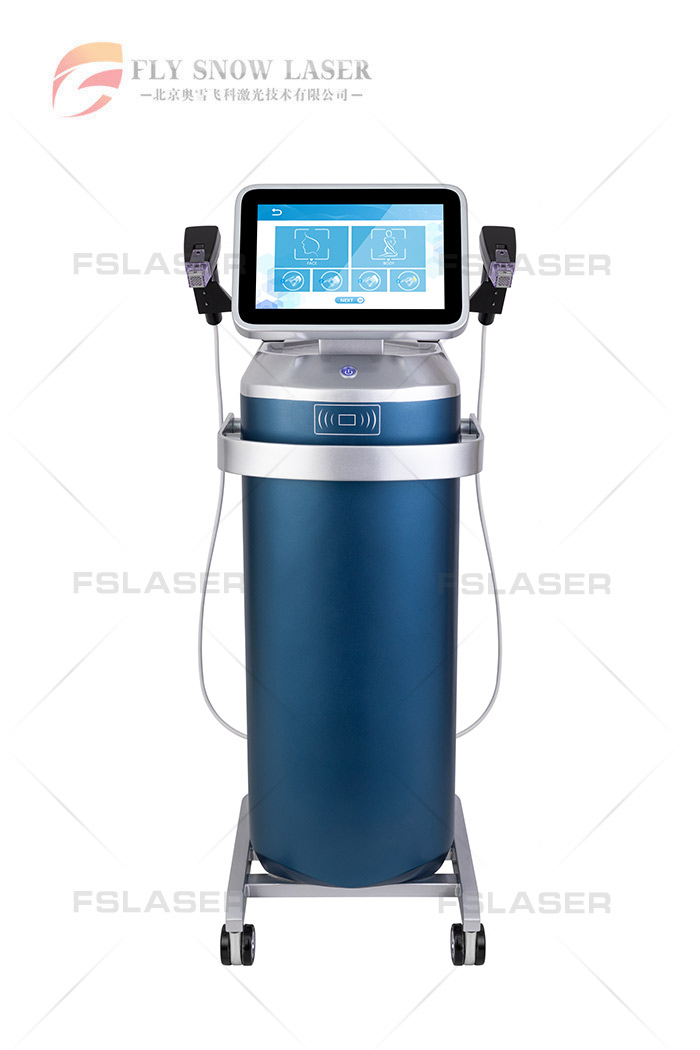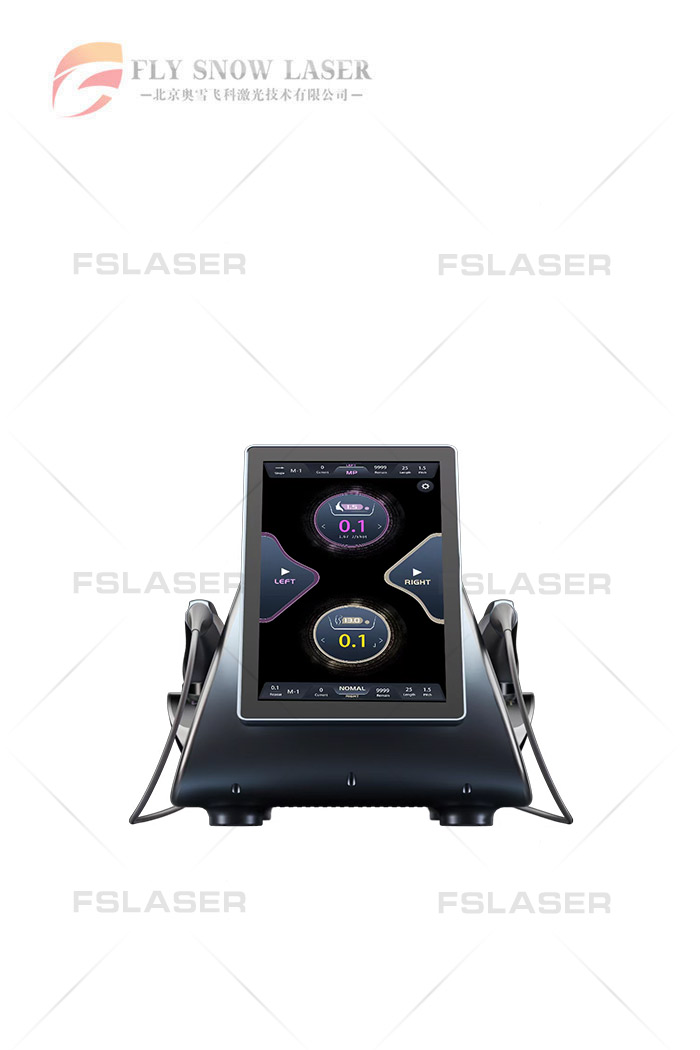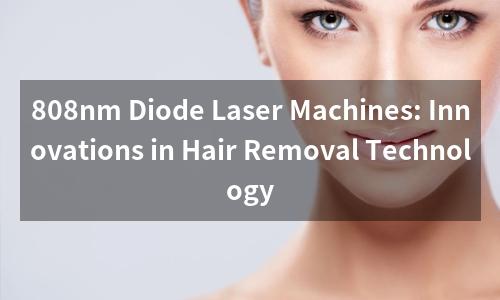
The Evolution of 808nm Diode Laser Systems: Transforming Aesthetic and Medical Practices
The rapid evolution of laser technology has paved the way for innovative solutions that are redefining both aesthetic and medical practices. Among these advancements, 808nm diode laser systems have emerged as a game-changing technology, offering precise, efficient, and safe treatments across a broad spectrum of applications.
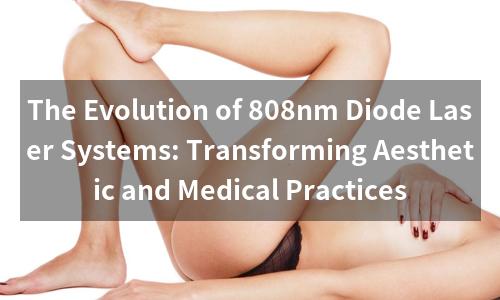
Overview and Technical Excellence
808nm diode laser systems operate at a wavelength that is uniquely suited for targeting melanin and vascular components in the skin. This selective absorption not only enhances treatment precision but also minimizes damage to surrounding tissues. Advanced engineering ensures that these systems deliver consistent energy output, making them ideal for procedures that demand both accuracy and repeatability.
Innovative Features Driving the Technology
Selective Wavelength Targeting: The 808nm wavelength is optimal for penetrating skin layers and reaching target cells, which is especially beneficial for hair removal and vascular treatments.
Integrated Cooling Mechanisms: Modern systems incorporate robust cooling technologies that protect both the patient and the device. These mechanisms help to regulate skin temperature, thereby reducing discomfort and the risk of thermal injury.
Customizable Treatment Parameters: Operators can adjust pulse durations, energy levels, and spot sizes, allowing for tailored treatments that cater to individual patient needs. This adaptability enhances the device’s versatility across different skin types and treatment areas.
Compact and Ergonomic Designs: The user-friendly design of these systems not only simplifies operation but also facilitates their integration into various clinical settings, from large medical centers to boutique aesthetic clinics.
Diverse Applications in Modern Medicine
While originally popularized for laser hair removal, the applications of 808nm diode laser systems have expanded significantly:
Aesthetic Treatments: Beyond hair removal, these lasers are used for skin rejuvenation therapies, including wrinkle reduction and collagen stimulation. Their ability to target specific skin components makes them a valuable tool for non-invasive cosmetic procedures.
Dermatological Procedures: The precision of 808nm systems enables effective treatment of vascular lesions, such as spider veins and port-wine stains, providing patients with improved skin clarity and texture.
Pain Management and Rehabilitation: In some therapeutic contexts, diode lasers are employed to stimulate cellular repair and reduce inflammation, thereby aiding in pain management and accelerating recovery processes.
Market Trends and Future Outlook
As the demand for minimally invasive and highly effective treatments continues to grow, manufacturers are investing in further research and development. Future iterations of 808nm diode laser systems are expected to integrate smart technologies, such as real-time feedback and automated adjustment features, which will enhance treatment outcomes and streamline clinical workflows. Additionally, ongoing improvements in energy efficiency and cooling technology are likely to reduce operational costs while maintaining high safety standards.
Conclusion
The evolution of 808nm diode laser systems marks a significant milestone in both aesthetic and medical fields. Their ability to deliver targeted, customizable treatments with minimal discomfort has set new benchmarks for non-invasive procedures. As technology continues to advance, these systems will undoubtedly play a pivotal role in shaping the future of medical and cosmetic therapies, providing practitioners with powerful tools to achieve outstanding patient outcomes.
Embracing this innovative technology not only reflects a commitment to excellence but also promises a future where precision, safety, and efficiency are at the forefront of healthcare and aesthetic treatments.


